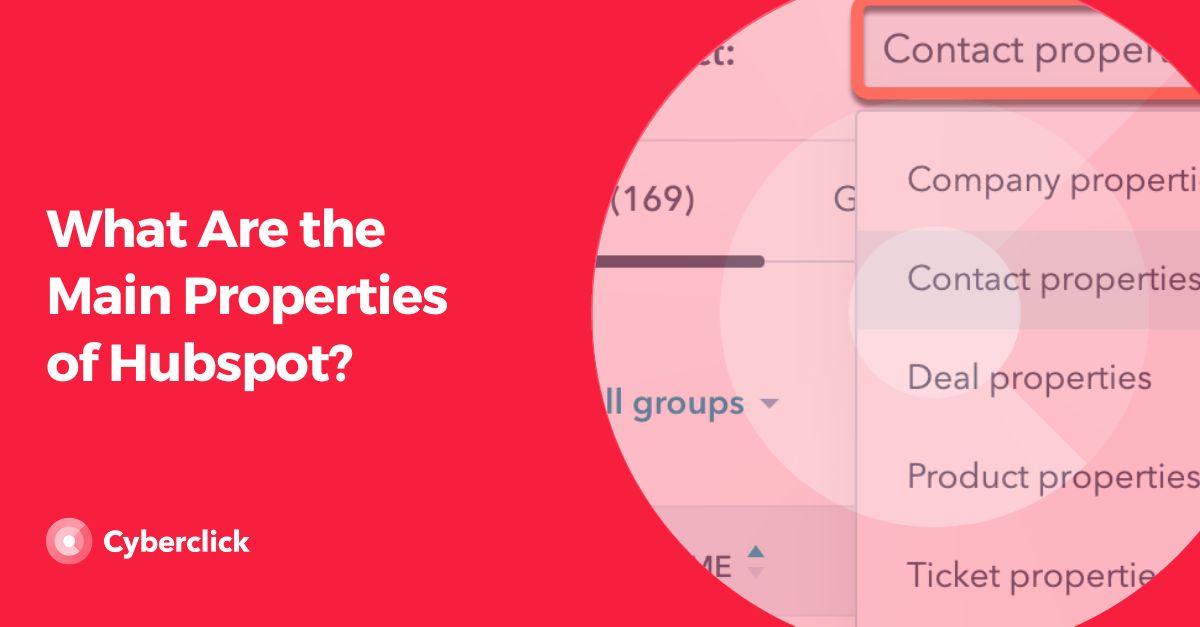Many companies employ the SPIV program as a means to incentivize their sales and marketing teams. This strategy is primarily aimed at boosting sales. However, what exactly is SPIV in sales, and how does it work?

Definition of SPIV in Sales
The term SPIV in sales refers to the program that companies use to motivate or compensate their sales team for achieving a specific objective or performance criteria. Normally (but not always) this compensation is financial and is given individually or collectively.
How a Sales SPIV Program Works
The role of a SPIV program in sales is straightforward. It involves setting clear and specific objectives for the sales team. Alongside these objectives, it's crucial to outline the incentives or rewards that team members who meet these goals will receive. Additionally, it's good to determine the timeframe for achieving these objectives and all information necessary to execute them.
The company, for its part, will be in charge of monitoring the sales teams and deciding who will receive the incentive. It will also adjust, if necessary, both the objectives and rewards to adapt to the needs of the market and of the company and sales team itself.
Additionally, there are two types of SPIV, economic and non-economic. In the first case the incentive is financial, while in the second case it comes in the form of prizes, gifts, or other benefits.
Differences Between a SPIV and SPIFF Program in Sales
The term "SPIFF" refers to the same concept as "SPIV." In both cases, it pertains to the rewards or incentives that companies provide to encourage their employees to attain specific objectives.
However, whether the term SPIV or SPIFF is used, the bonuses given by the company to the sales teams must be fully legal and transparent. This means that both the objectives and the incentives, as well as all the details deemed appropriate, must be well specified.
In conclusion, SPIV can effectively assist a company in motivating its sales team, improving their performance, boosting sales and profits, and promoting specific products and services. However, it must always be implemented transparently, with objectives that are realistic and attainable.
Content & Marketing Strategist en Cyberclick. Apasionada por la comunicación, la generación de contenidos y el mundo audiovisual. Graduada en Periodismo por la Universidad Autónoma de Barcelona.
Content & Marketing Strategist at Cyberclick. Passionate about communication and content creation. Tanit holds a degree in Journalism from the Autonomous University of Barcelona.






Leave your comment and join the conversation